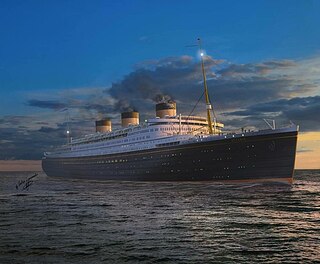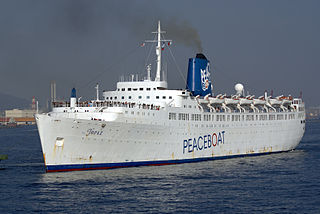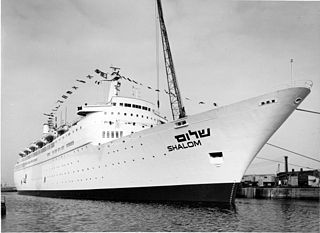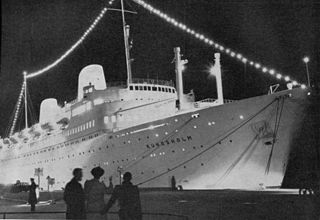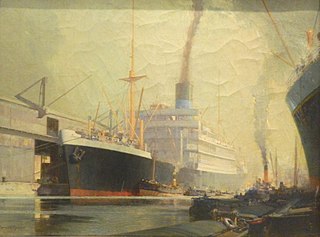A number of ships have been named SS Patroclus after Patroclus, the Ancient Greek hero Achilles' best friend.

In Greek mythology, as recorded in Homer's Iliad, Patroclus was a close friend and wartime companion of Achilles. He was the son of Menoetius, grandson of Actor, King of Opus.

Ancient Greece was a civilization belonging to a period of Greek history from the Greek Dark Ages of the 12th–9th centuries BC to the end of antiquity. Immediately following this period was the beginning of the Early Middle Ages and the Byzantine era. Roughly three centuries after the Late Bronze Age collapse of Mycenaean Greece, Greek urban poleis began to form in the 8th century BC, ushering in the Archaic period and colonization of the Mediterranean Basin. This was followed by the period of Classical Greece, an era that began with the Greco-Persian Wars, lasting from the 5th to 4th centuries BC. Due to the conquests by Alexander the Great of Macedon, Hellenistic civilization flourished from Central Asia to the western end of the Mediterranean Sea. The Hellenistic period came to an end with the conquests and annexations of the eastern Mediterranean world by the Roman Republic, which established the Roman province of Macedonia in Roman Greece, and later the province of Achaea during the Roman Empire.

In Greek mythology, Achilles or Achilleus was a Greek hero of the Trojan War and the central character and the greatest warrior of Homer's Iliad. His mother was the immortal Nereid Thetis, and his father, the mortal Peleus, was the king of the Myrmidons.
- SS Patroclus (1872), a 2,074-ton ship of the Blue Funnel Line
- SS Patroclus (1896), a 5,509-ton ship of the Blue Funnel Line
- SS Patroclus (1923), an 11,314-ton ship of the Blue Funnel Line, commissioned as HMS Patroclus on outbreak of World War II, torpedoed and sunk by U-99 on 3 November 1940.
- SS Patroclus (1950), a 10,109-ton ship of the Blue Funnel Line
- SS Patroclus (1966), a 12,299-ton ship of the China Mutual Steam Navigation Company and later NSMO; was SS Glenalmond (1966) of the Blue Funnel Line until 1973.

Alfred Holt and Company, trading as Blue Funnel Line, was a UK shipping company that was founded in 1866 and operated merchant ships for 122 years. It was one of the UK's larger shipowning and operating companies, and as such had a significant role in the country's overseas trade and in the First and Second World Wars.
The third SS Patroclus was an 11,314-ton cargo liner of the Blue Funnel Line launched in 1923. Commissioned into the Royal Navy as the Armed Merchant Cruiser HMS Patroclus on 12 September 1939, she was torpedoed and sunk by the German submarine U-99 on 4 November 1940.

World War II, also known as the Second World War, was a global war that lasted from 1939 to 1945. The vast majority of the world's countries—including all the great powers—eventually formed two opposing military alliances: the Allies and the Axis. A state of total war emerged, directly involving more than 100 million people from over 30 countries. The major participants threw their entire economic, industrial, and scientific capabilities behind the war effort, blurring the distinction between civilian and military resources. World War II was the deadliest conflict in human history, marked by 50 to 85 million fatalities, most of whom were civilians in the Soviet Union and China. It included massacres, the genocide of the Holocaust, strategic bombing, premeditated death from starvation and disease, and the only use of nuclear weapons in war.
| This article includes a list of ships with the same or similar names. If an internal link for a specific ship led you here, you may wish to change the link to point directly to the intended ship article, if one exists. |
